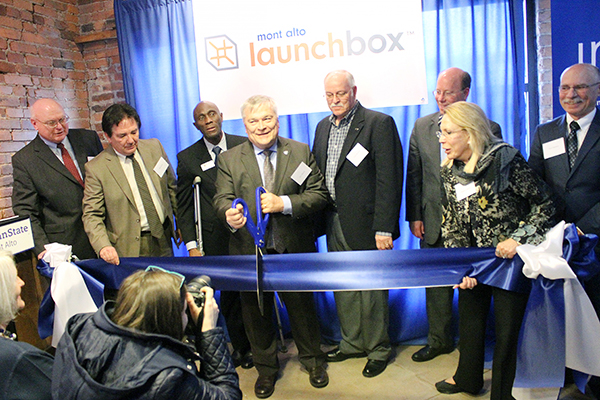Making Entrepreneurship Accessible in Rural America
Local leadership.
Once a location was approved for funding, the leadership team at that Penn State campus—typically the chancellor and key faculty and staff, together with alumni volunteers and local business leaders—determined how funds would be leveraged, how their location would be staffed, and what services would be offered.

Supporting local leaders.
Knowing how important it was to ensure success with this first group of funded locations, Penn State’s VP of Penn State campuses led an “advance team” composed of several senior university staff members and an informal group of advisers with business experience to make site visits to each of the awardees.
The group listened to the campuses’ implementation plans, including proposed programming, partners, facilities, and budgets and provided feedback.
A variety of approaches emerge.
While some locations had already started to define new services to offer their communities; others focused on how best to integrate with current services; and still others were unsure exactly what to do next.
This mix of approaches uncovered a number of early challenges and the need for additional support across the different locations.
Discover More
Dive deeper into how we built a statewide economic development infrastructure.

Learn more about challenges that emerged early in the process.

